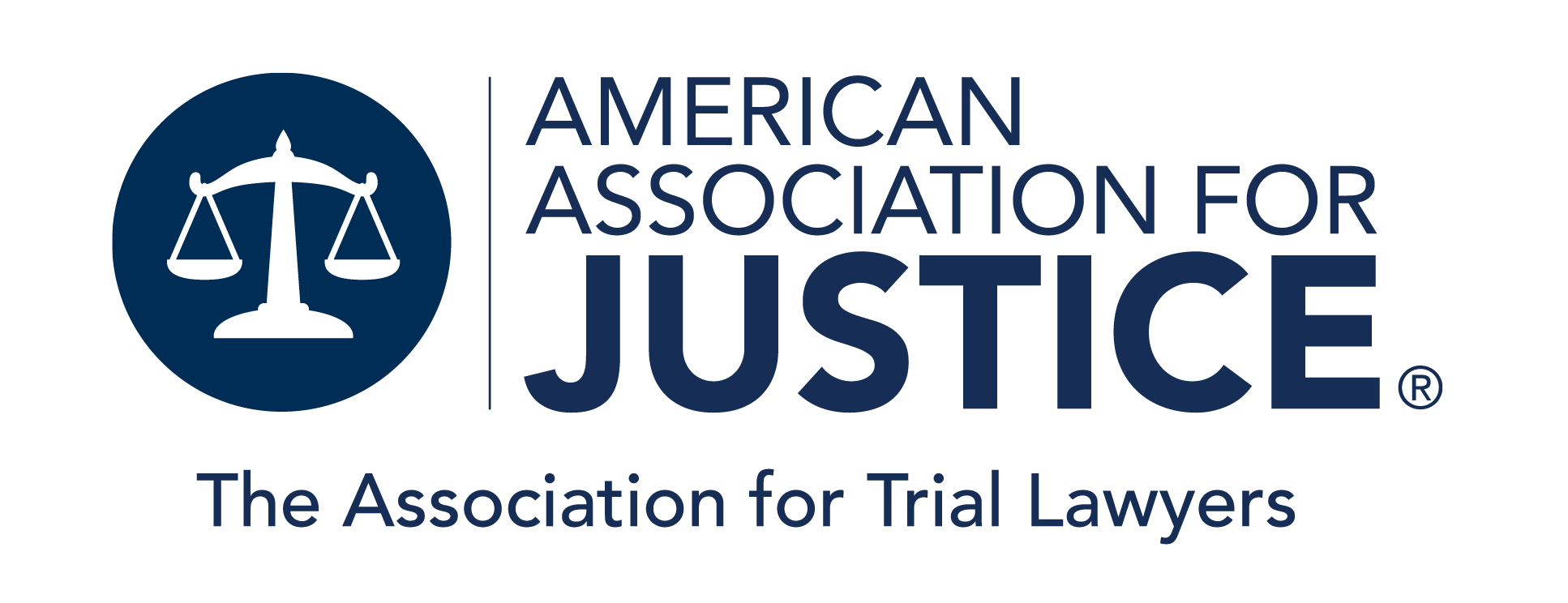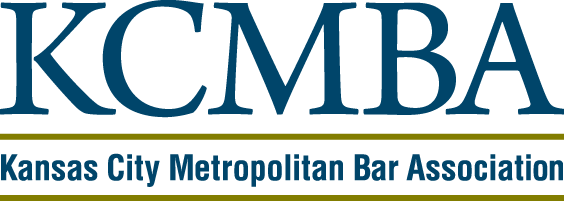
Table of Contents
Hernia Mesh Removed: Mesh Coating Found Floating Inside Body
Several reports have shown the Omega 3 Fatty Acid (O3FA) coating flaking off and floating inside of the body or attaching to other organs when the C-Qur hernia mesh is removed. The C-Qur hernia mesh is typically removed because the patient is experiencing constant abdominal pain. A C-Qur hernia mesh removed months after implantation can become very hard and inflexible. The O3FA created by Atrium for their C-Qur mesh products is a blend of pharmaceutical grade fish oil and triglycerides. The coating is intended to reduce the growth of adhesions, a form of scar tissue, around the hernia repair. The coating often causes an immune response that results in infection. Infected hernia mesh is a major cause for hernia mesh removal.
Some reports have even shown the C-Qur mesh flaking while it is in the process of being implanted. Three FDA reports have indicated the O3FA coating on C-Qur mesh flaking off while being tacked inside the body. The patients were fortunate that their surgeons caught the flaking before the mesh had been fully implanted. For some hernia repairs, mesh is an effective option. However, the C-Qur hernia mesh has created so many problems that a class II recall was issued against the mesh and a permanent injunction against Atrium.
C-Qur Hernia Mesh Unable to be Removed
Dense adhesions being to attach the patient’s bowel to the C-Qur hernia mesh after the mesh has been implanted for several weeks or months. These dense adhesions can cause significant abdominal pain and changes in digestion. Nausea, vomiting, acid reflux, diarrhea and constipation can all be caused by dense adhesions between the C-Qur mesh and the bowel. As more adhesions form and these symptoms progress, a bowel obstruction is possible. Bowel obstructions can be life-threatening complications.
Unfortunately, our lead lawyer for hernia mesh has observed that it becomes very difficult to remove the C-Qur hernia mesh once dense adhesions have formed. Cutting dense adhesions away from the bowel comes at a high risk of bowel perforations. Many patients also require entire sections of their bowel removed, because it is so densely adhered to the C-Qur mesh. Many surgeons are not skilled enough to remove the C-Qur hernia mesh and will refuse to remove the mesh. If this happens, obtain a second opinion. There are some surgeons who now specialize in removing hernia mesh.
Hernia Mesh Removed: Contact the Hollis Law Firm
Other symptoms of bad hernia mesh may be pain in the groin or implantation site, mesh folding or migration, adhesion to other organs, or erosion. Many of these symptoms will necessitate the removal of the C-Qur hernia mesh. If you’ve been implanted with a C-Qur mesh for your hernia and suffered any of these complications, call the Hollis Law Firm at (800) 701-3672 today. We are leaders in the C-Qur hernia mesh lawsuits and are here to answer any questions you may have and help you get your life back. All claim reviews are confidential and free of charge. You never owe any money unless we win your case.














